
We live in a highly industrialised world. As the demand for manufactured goods, new infrastructure and forms of transportation increases, so does the scale of damage to our environment. Our day-to-day activities continue to compound existing forms of pollution, as numb as we have become to it. But one type of pollution is particularly vicious given the fact that it’s mostly invisible: air pollution. Reportedly, exposure to outdoor air pollution is responsible for over 4 million deaths each year. To put that into perspective, consider how the official number of deaths due to COVID-19 has now passed 4 million as well.
Unfortunately, like other forms of pollution, combatting air pollution comes with serious challenges on a global scale. As reported by the World Health Organisation, the majority of ambient air pollution plagues low- and middle-income nations, with the greatest burden found in the WHO Western Pacific and South-East Asia regions. Furthermore, up to 70% of air pollution is directly caused by road transport. As much as many are advocating for greener practices and alternatives, the reality is we are burdened by an ever-increasing global population. Through a combination of greater life expectancy and more urbanised living, we have inadvertently impacted the overall quality of life by damaging the air we breathe.
Understanding Air Pollution And PM2.5
What you should know about ‘air pollution’ is it’s actually an umbrella term for various particles (both solid and liquid ones) suspended in the air, mixed together and compromise one’s health when breathed in. These particles can contain (1) black carbon, which comes from burning coal, diesel or wood, (2) sulfur dioxide, which gets emitted into the air due to the burning of sulfur-containing fossil fuels, or (3) ozone at ground level, commonly known as ‘smog’, which is formed through reactions of nitrogen oxides and certain organic compounds during combustion of fossil fuels.
For much of the particulate matter in polluted air, particles can be classified as PM2.5 (less than 2.5 micrometres in diametre) or PM10 (less than 10 micrometres in diametre). As a reference, PM2.5 and PM10 particles are about 25 and 100 times thinner than a strand of human hair, respectively. Besides diametre, how exactly are those two different? Basically, PM10 particles are coarser and when inhaled, mainly affecting the upper respiratory tract. Prime examples of such particles including dust, pollen, spores, and droplets of liquids.
Meanwhile, as PM2.5 particles are finer, these can penetrate deeper into the lungs and lead to even more serious health conditions concerning other organs. The WHO views PM2.5 as a serious threat to general populations, which is why they recommend that any city or region maintain a low average concentration of PM2.5, specifically under 10 micrograms (mcg) per cubic metre. However, the vast majority of people currently live in areas that exceed this limit. WHO data reveals that 9 out of 10 people breathe air that contains an excessive amount of pollution, and unsurprisingly, those exposed to the highest amounts come from low/middle-income countries.
Diseases And Illnesses Due to PM2.5
The reason exposure to PM2.5 is quite dangerous lies in the ability of these particles to bypass your body’s natural defences. They can travel deep into the lungs and enter your bloodstream. It is so omnipresent in different parts of the world that particulate matter is known to be a more potent killer than diabetes. And while everybody can get illnesses from PM2.5, the elderly, young children and those with breathing problems and heart conditions are most vulnerable to serious diseases.
The severity of disease due to PM2.5 depends on factors such as one’s current health status, the length of their exposure, as well as the concentration of the pollutant in the air when inhaled. That being said, even the healthiest individuals can suffer from ailments like coughing, shortness of breath, tightness of the chest, irritation of the eyes, throat and nose. If one is exposed to high levels of air pollution, this can damage cells in the respiratory system, which increases one’s susceptibility to lung infections. Moreover, long-term exposure to PM2.5 can seriously compromise one’s respiratory and cardiovascular health, and significant health issues include the following:
Cardiovascular
- Strokes
- Irregular heartbeat
- Heart attacks and arrhythmias, especially in those with heart disease
- Premature death in those with heart ailments, including death from cancer
Respiratory
- Emphysema
- Chronic bronchitis or chronic obstructive lung disease
- Chronic respiratory disease in children
- Impaired brain development in children
- Development of lung cancer
- Asthma – Particularly dangerous if you are pregnant, as breathing in pollutants while pregnant increases the risk of complications, and your child can develop severe asthma
- Premature death in those with existing respiratory conditions
How to Protect Your And Your Loved Ones from PM2.5 And Air Pollution

While it’s important to advocate change and bring air pollution to the attention of those in positions of power, there are also measures you can take as far as your everyday activities and habits are concerned. First, always leave your car when you can travel by foot or bicycle
to nearby locations. Anytime you drive a vehicle, you are exposed to over twice the amount of air pollution that someone walking the same route is.
Also, avoid busy roads on your route while cycling, walking or running. It’s preferable to walk or run earlier in the day, as the air quality is better and you avoid pollution that comes with rush-hour traffic. The same advice goes for driving to work as well. But when you are stuck in the middle of slow-moving traffic, you should keep car windows closed. Furthermore, you can do your part in reducing your carbon footprint by not idling in your car. This means turning off the engine while waiting for someone or speaking on the phone while in the carpark. Finally, try spending as much time as possible in the green, open spaces of your city or suburb during lunch breaks and weekends with the family.
Clean air is a precious commodity, and no one should be deprived of it. As humans, we’ve had the ability to create new things and find solutions to different problems for centuries. So arguably, it’s just a matter of time before we get to the other side of the persisting problem of air pollution. But while PM2.5 and other particles continue to burden our planet, we must keep on minding what we breathe.

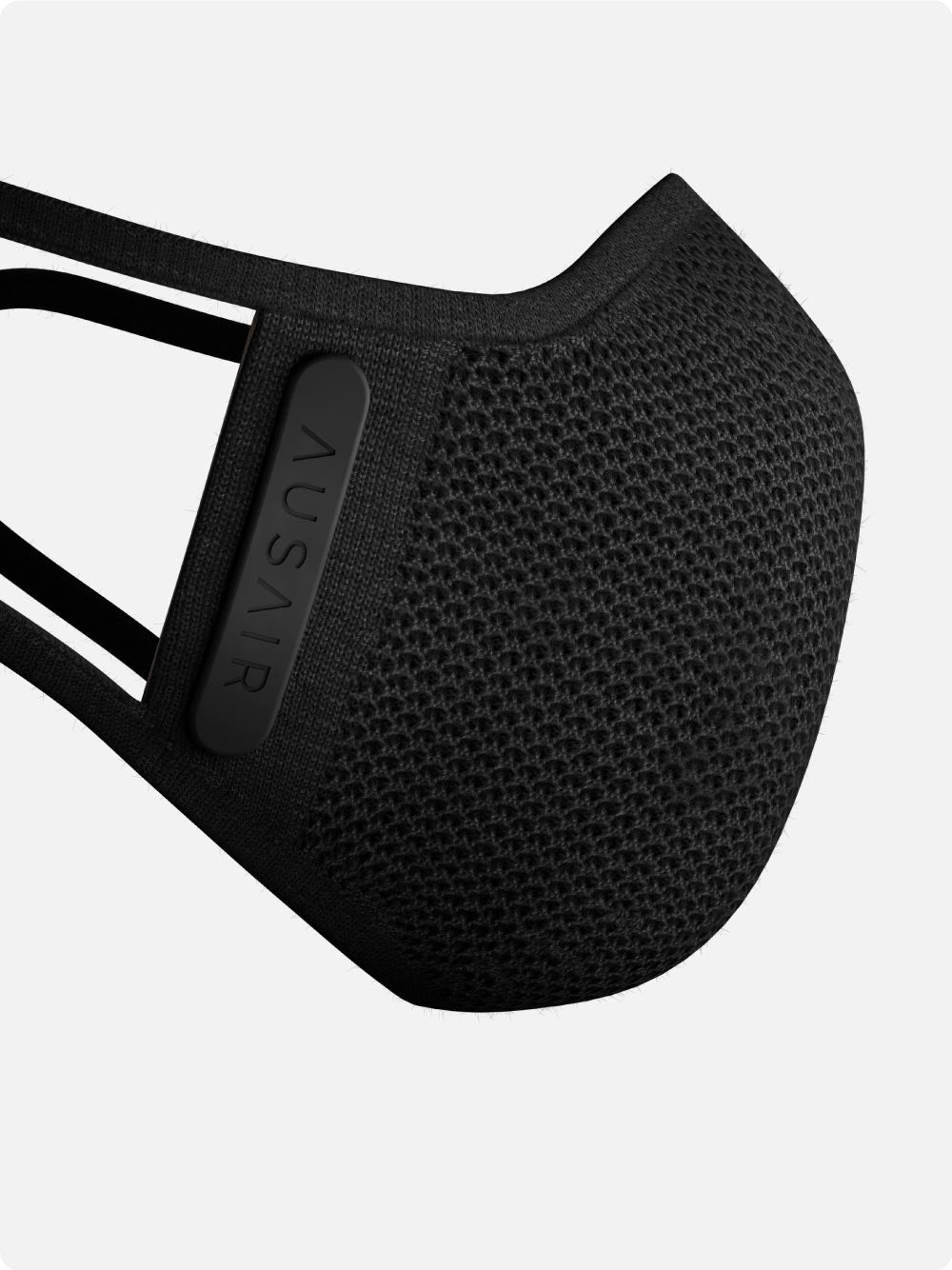

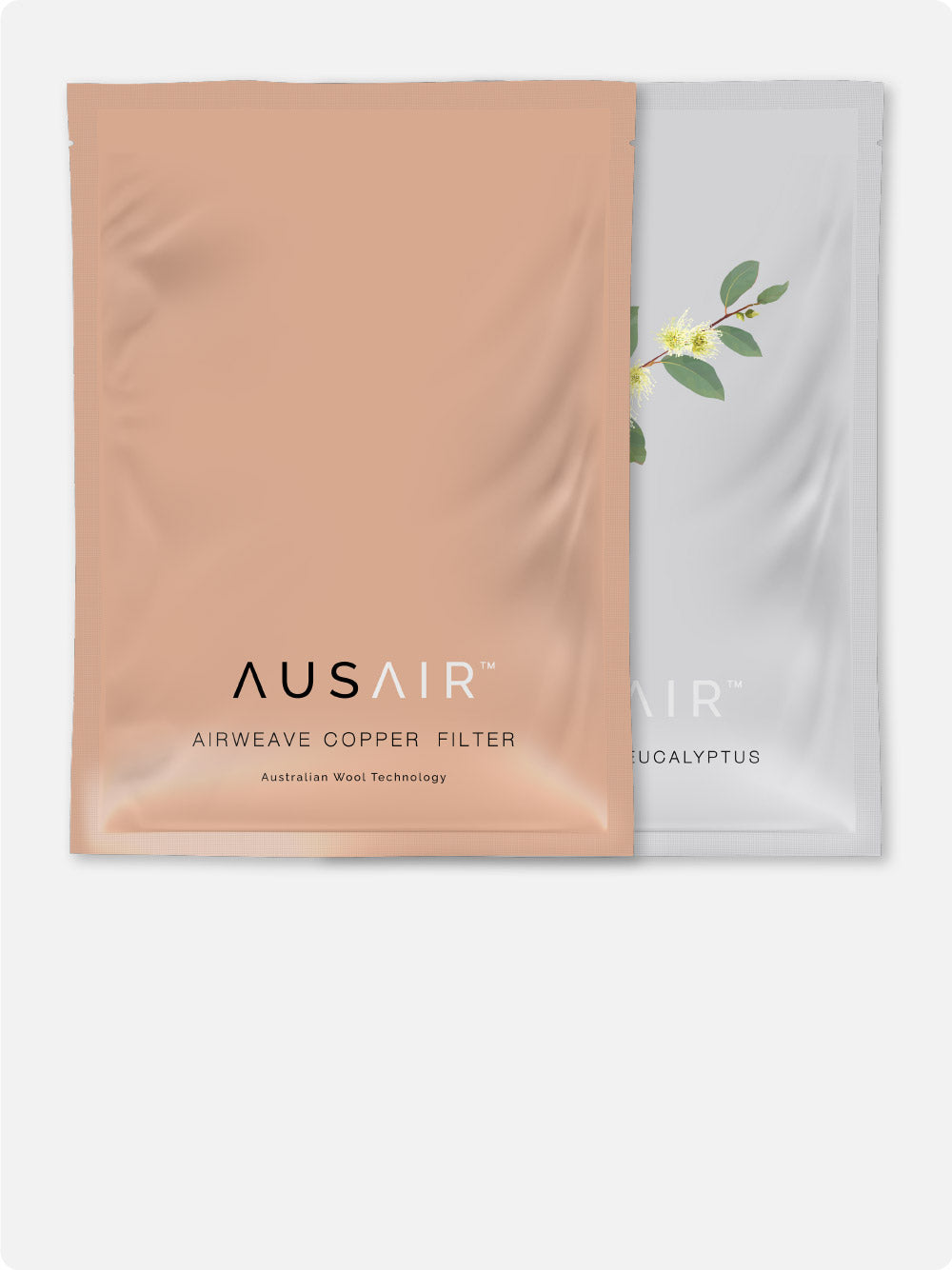


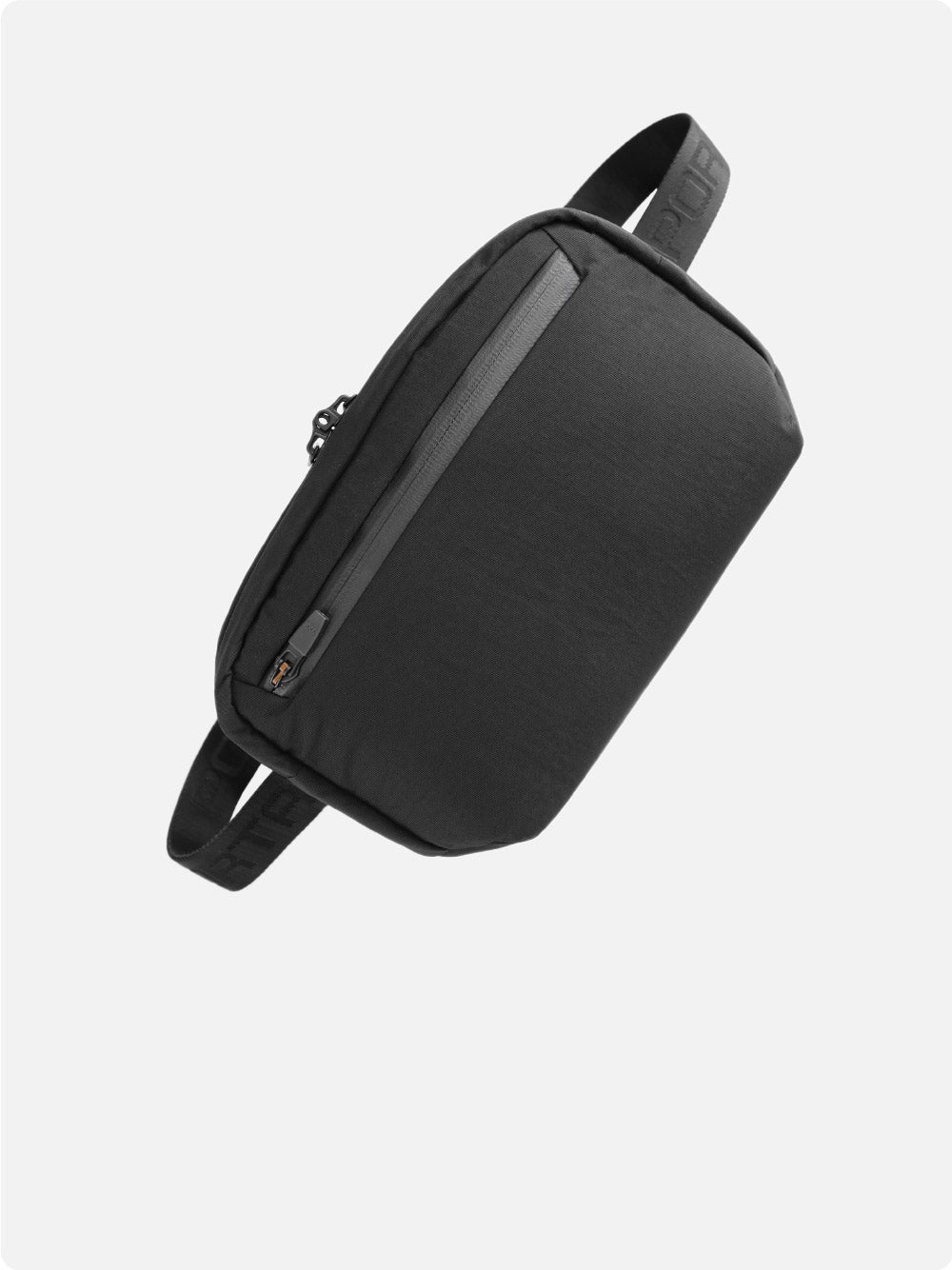
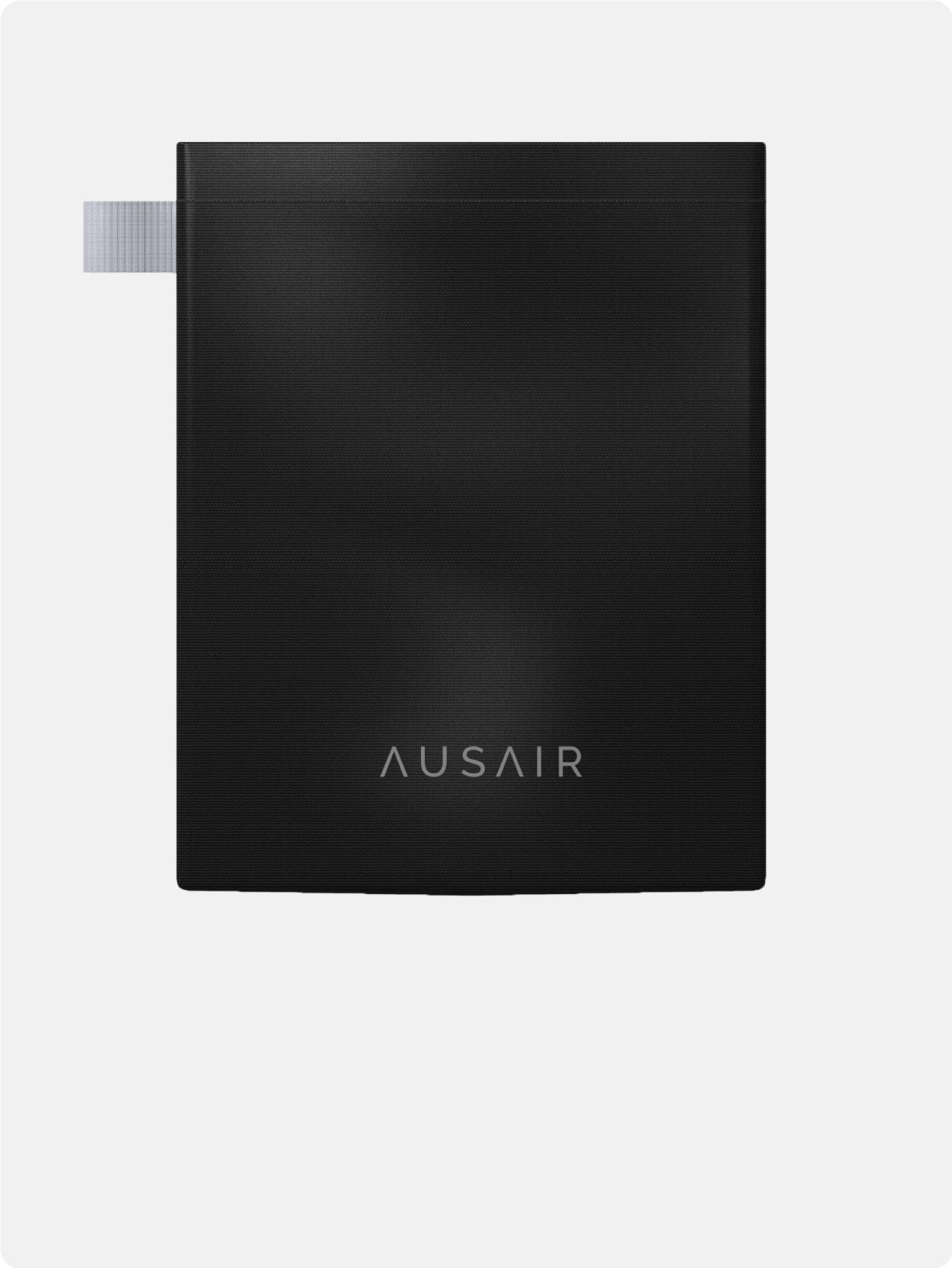



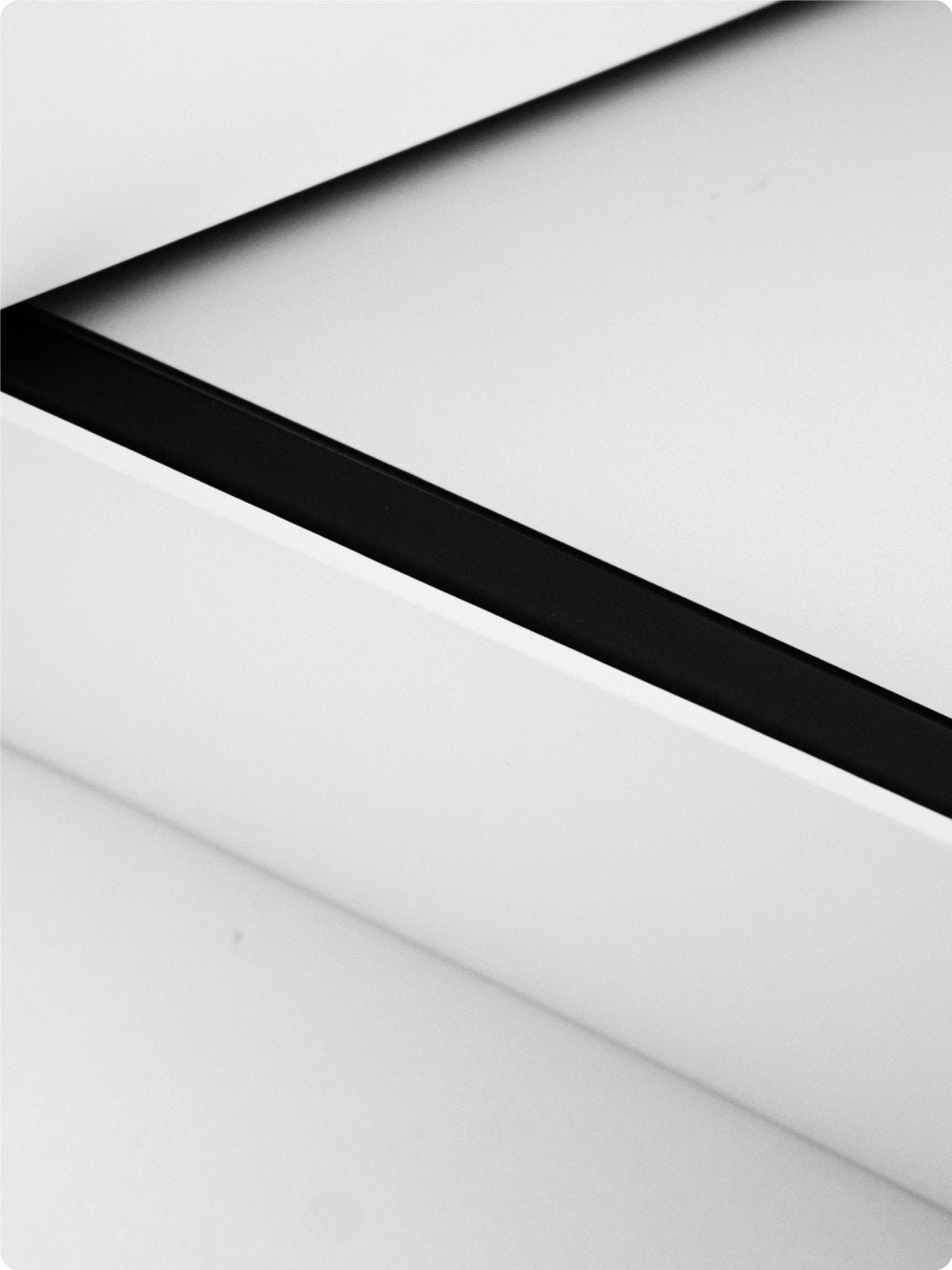



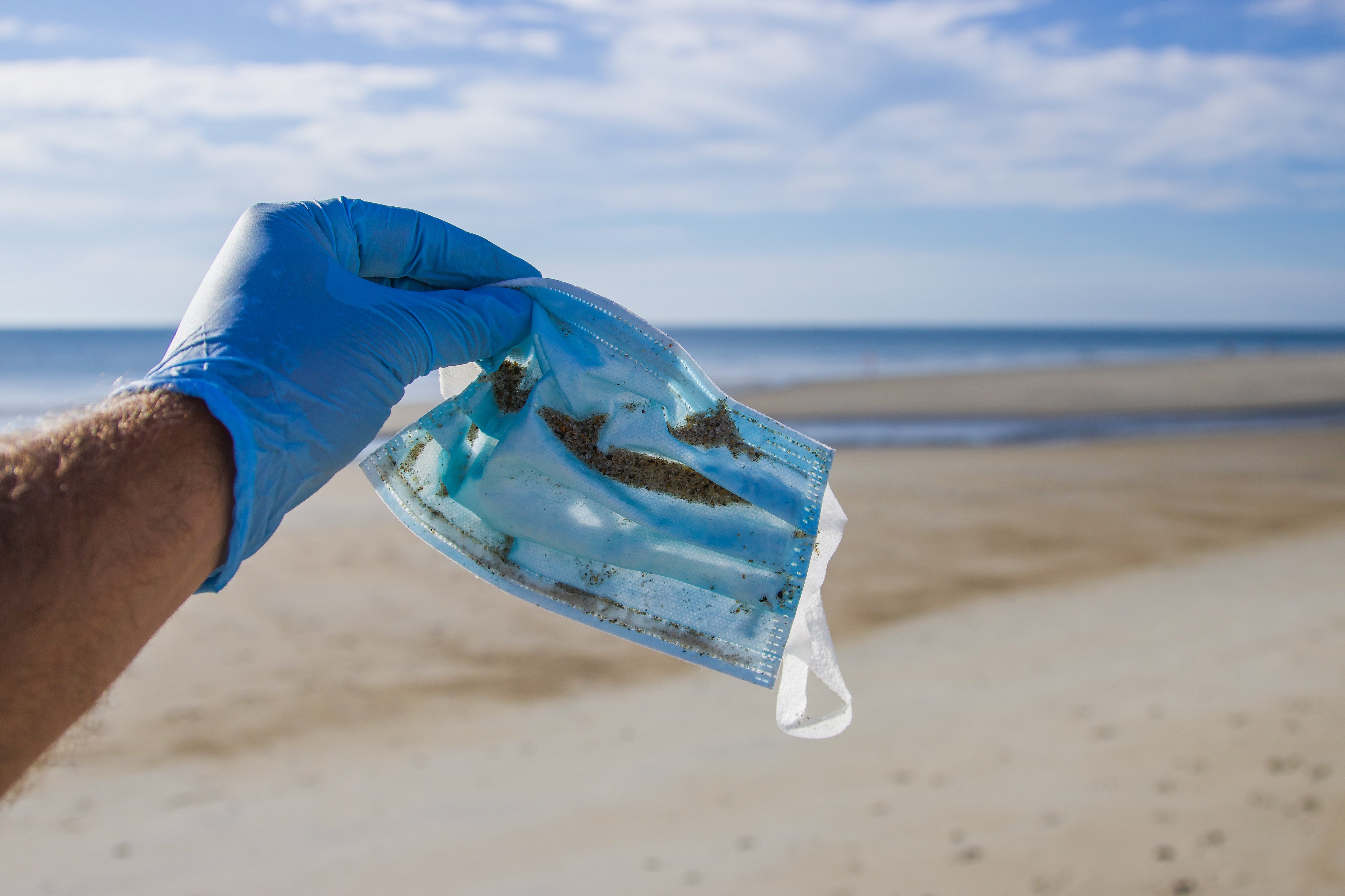
Leave a comment
All comments are moderated before being published.
This site is protected by hCaptcha and the hCaptcha Privacy Policy and Terms of Service apply.